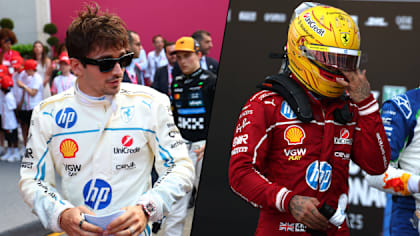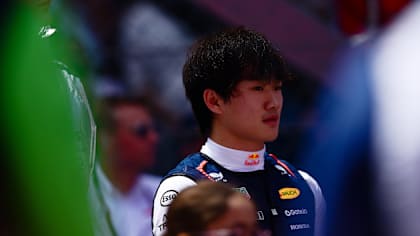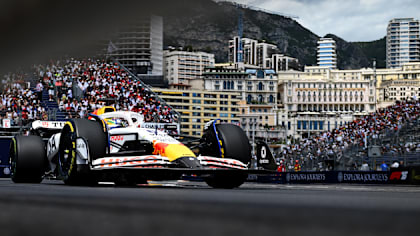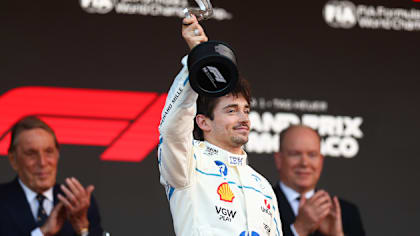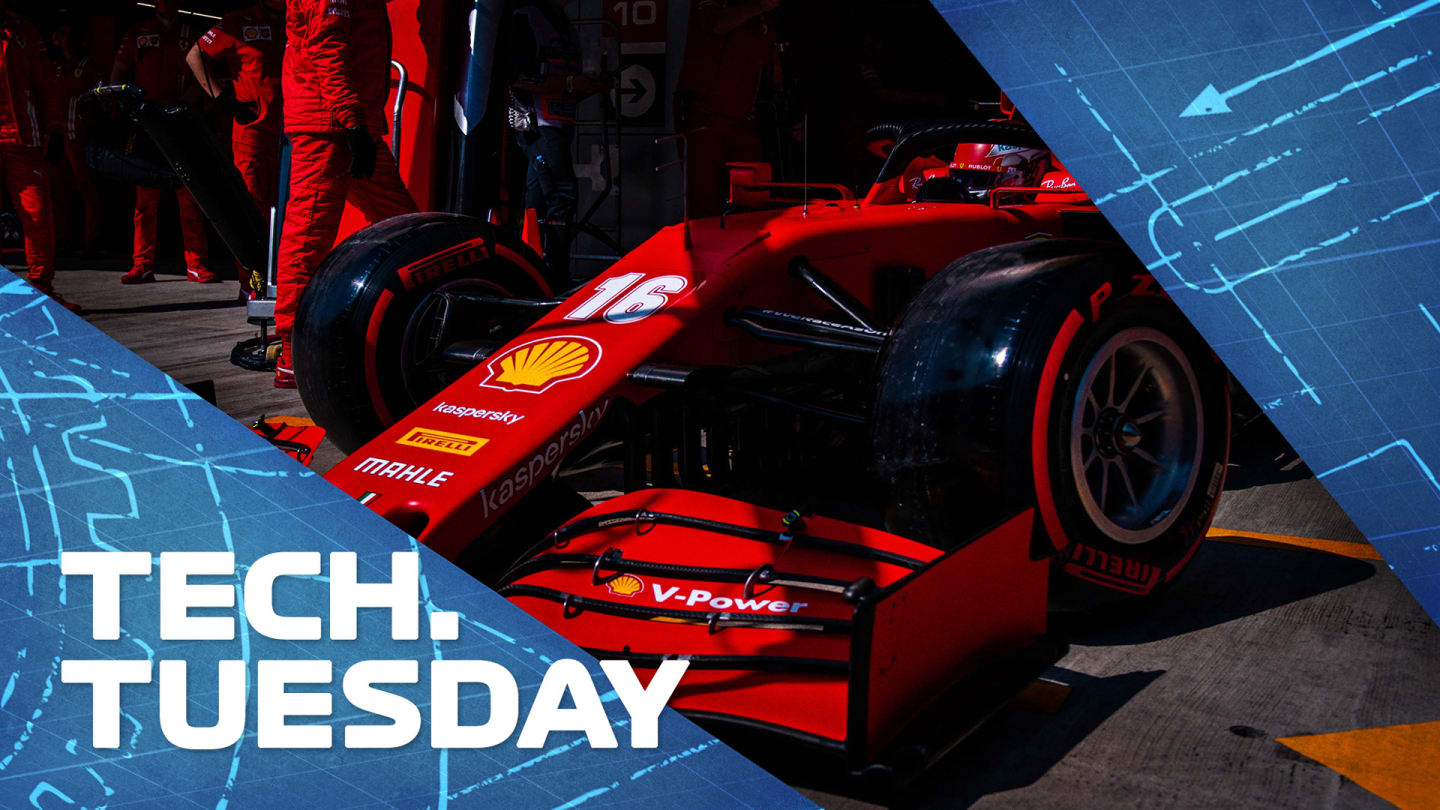
30 May - 01 June
Technical
TECH TUESDAY: How effective were Ferrari’s Russian GP updates?

Share

Ferrari brought a raft of upgrades for their troublesome SF1000 car to the Russian Grand Prix, but did they work as the team hoped? Mark Hughes takes a close look, with technical illustrations from Giorgio Piola.
Charles Leclerc’s sixth place in Sochi represented a big improvement in Ferrari’s form over the previous race in Mugello, where the Monegasque driver struggled to ninth across the line, which became eighth after a penalty for Kimi Raikkonen ahead of him.
WATCH: Say What? Hamilton and Ricciardo star in the best of team radio from Sochi
The result in Sochi coincided with some small changes to the specification of the Ferrari SF1000, but there is probably less to that correlation than meets the eye. The changes were relatively small and part of a bigger upgrade that will roll out over the next few races and team boss Mattia Binotto was keen to decouple the upgrade from the result in Russia, saying: “I don’t think it’s down to the upgrades. I think we’ve got a better balance here on these track characteristics.”
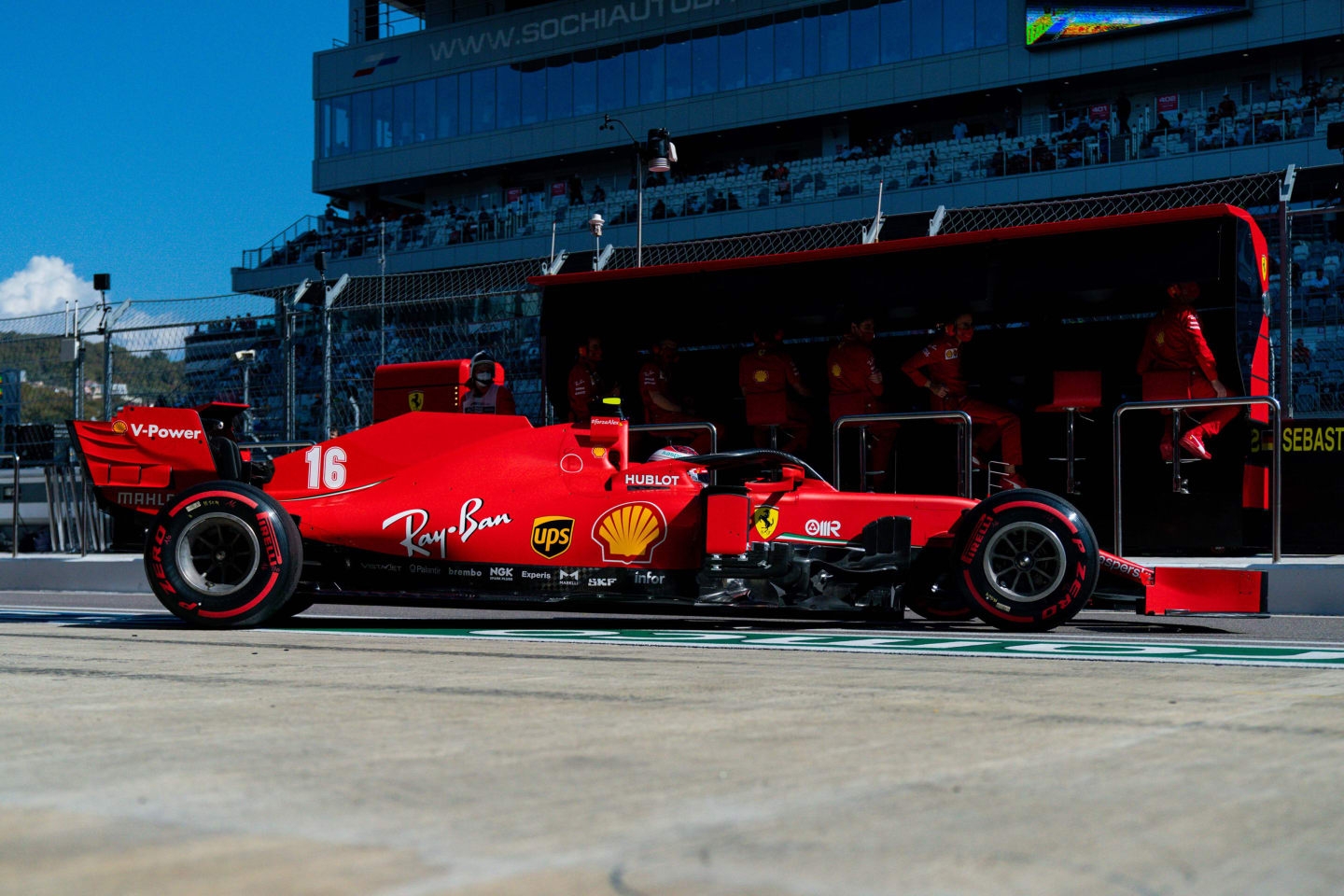
P6 in Russia represented Charles Leclerc's best finish since the 70th Anniversary Grand Prix
In addition, the fact that Leclerc – like team mate Sebastian Vettel – failed to make it into Q3 also probably played in his favour at Sochi, in that the much longer-lasting medium tyres he was able to select for the first stint allowed him a far better strategy than the soft-shod cars at the lower reaches of the Q3 part of the grid.
This was crucial in allowing him to beat the faster-qualifying Esteban Ocon and Pierre Gasly (helped by the long-running Vettel delaying the Renault after its stop).
READ MORE: Leclerc says Ferrari have taken ‘good step forward’ after best result in five races
Nonetheless, the upgrades were felt to have been positive in that they behaved as had been suggested in simulation and can therefore be expected to contribute to the improvement the full upgrade package will hopefully bring when it is finally introduced.
At Sochi those changes consisted of a new rear-wing endplate (below) and a tweak to the aerodynamic cape beneath the nose.
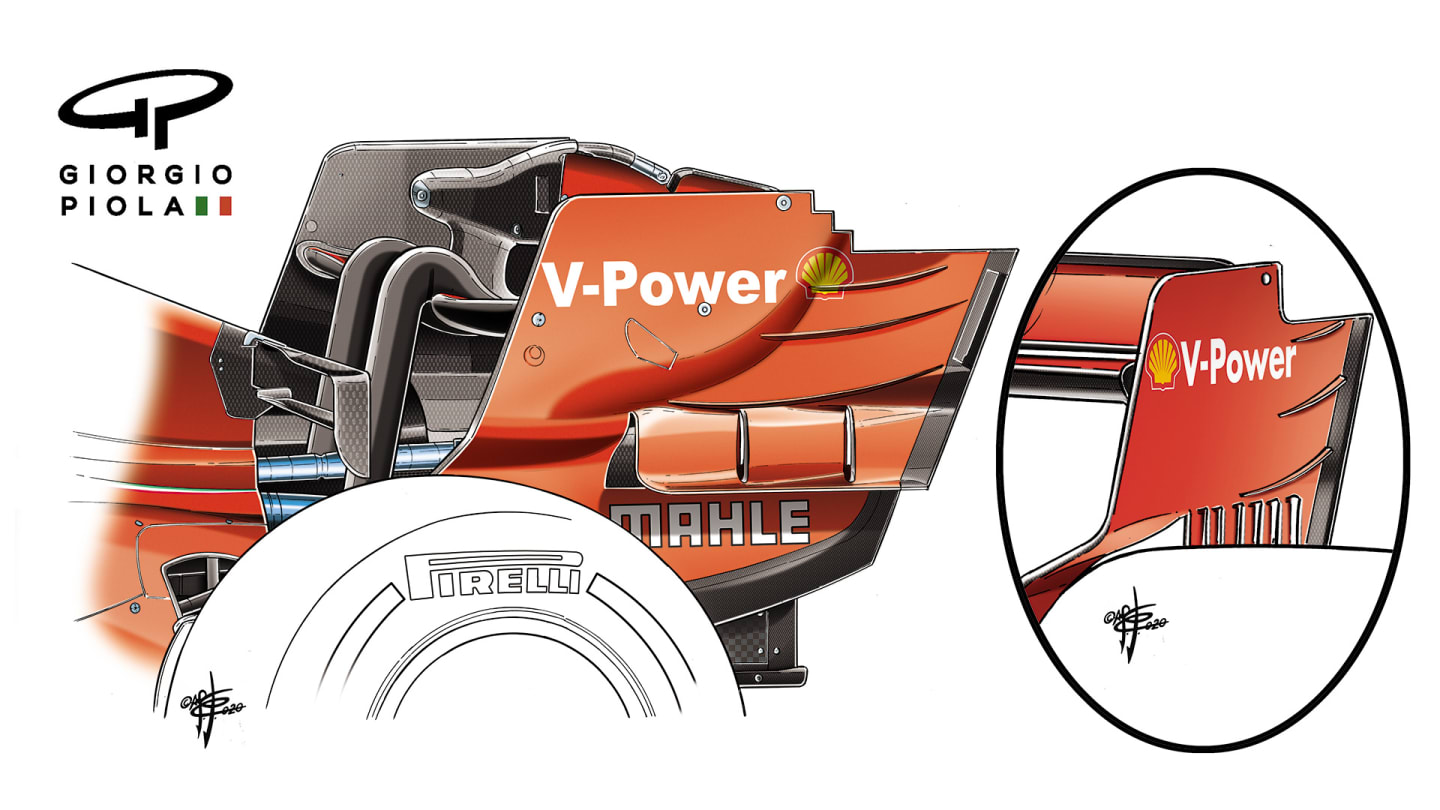
Ferrari brought new rear-wing endplates to Russia. Encircled is the old rear-wing endplate that had six slots.
The new rear-wing endplate, above, featured a stepped transition from its taller forward section to the shallower section aft of the main plane. In its nether regions the array of six narrow slots had been replaced by three much more distinct and powerful-looking slots that more closely resemble those on the Mercedes. These slots interact with the airflow exiting from the diffuser below it.
READ MORE: ‘I really struggled’ – Poor first lap to blame for disappointing Russian GP, says Vettel
The new diffuser is not yet on the car, but is expected to be seen at the next round at Germany's Nurburgring.
Up front, there was a small change to the profiling of the under-nose cape. The cape, as can be seen in the drawing below, is a simple component to remove and re-attach, enabling the standard one (below) to be back-to-backed with a revised one that featured a thinner leading edge.
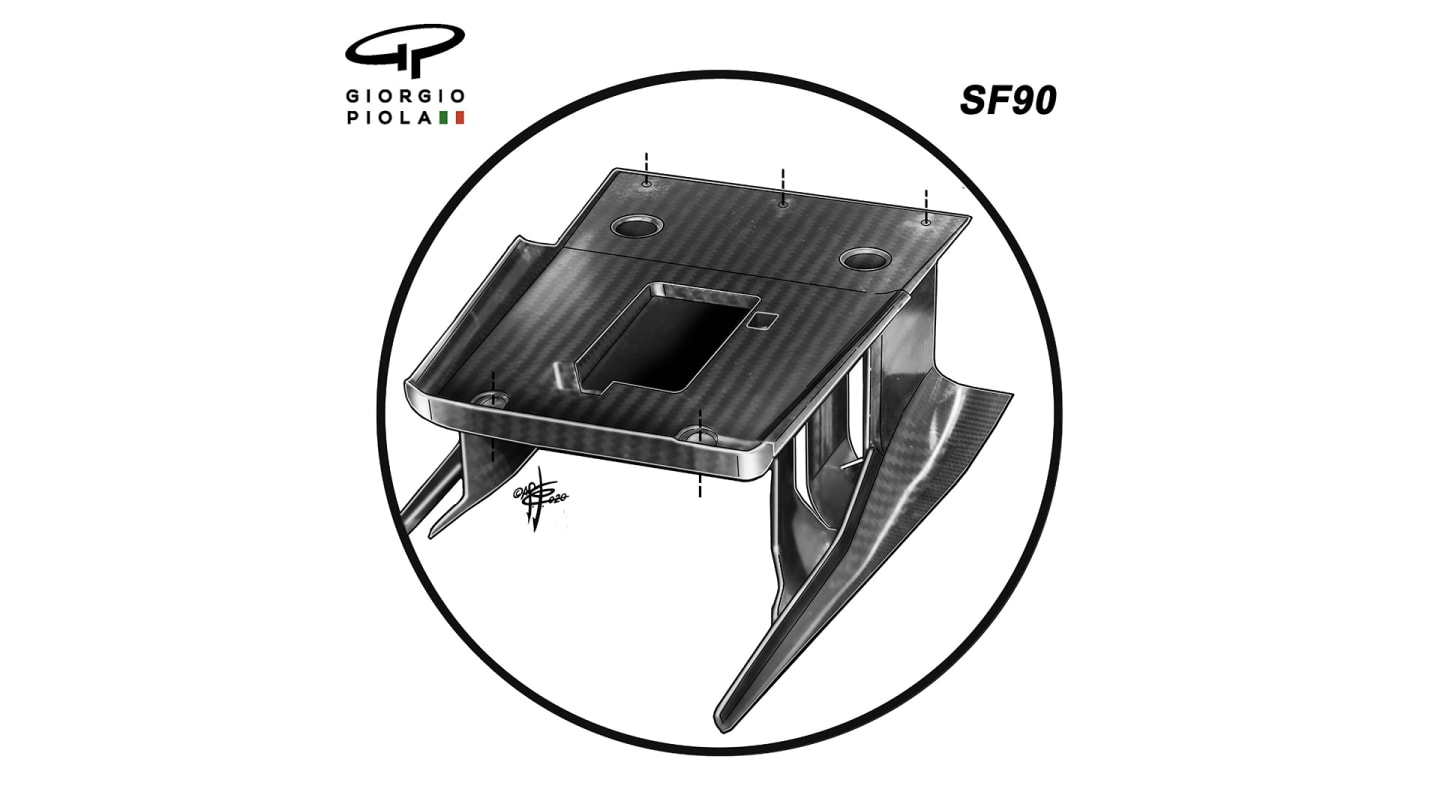
The under-nose cape has a new design, but the old design (above) can be switched in easily, allowing for back-to-back testing.
The effect of this within the standard nose was to open up a taller section within the ‘nostrils’ (as indicated by the yellow lines, below) for the airflow travelling through the underfloor and bargeboard area.
There is always a trade-off between the airflow’s volume and its speed in trying to maximise downforce.
This change will probably have increased the volume but reduced the speed. There were accompanying changes to the bargeboard area with a complex array of miniature mini-vanes, rather like those introduced last year on the Haas.
READ MORE: Mercedes suspect rival teams might have alerted FIA to Hamilton practice start breach
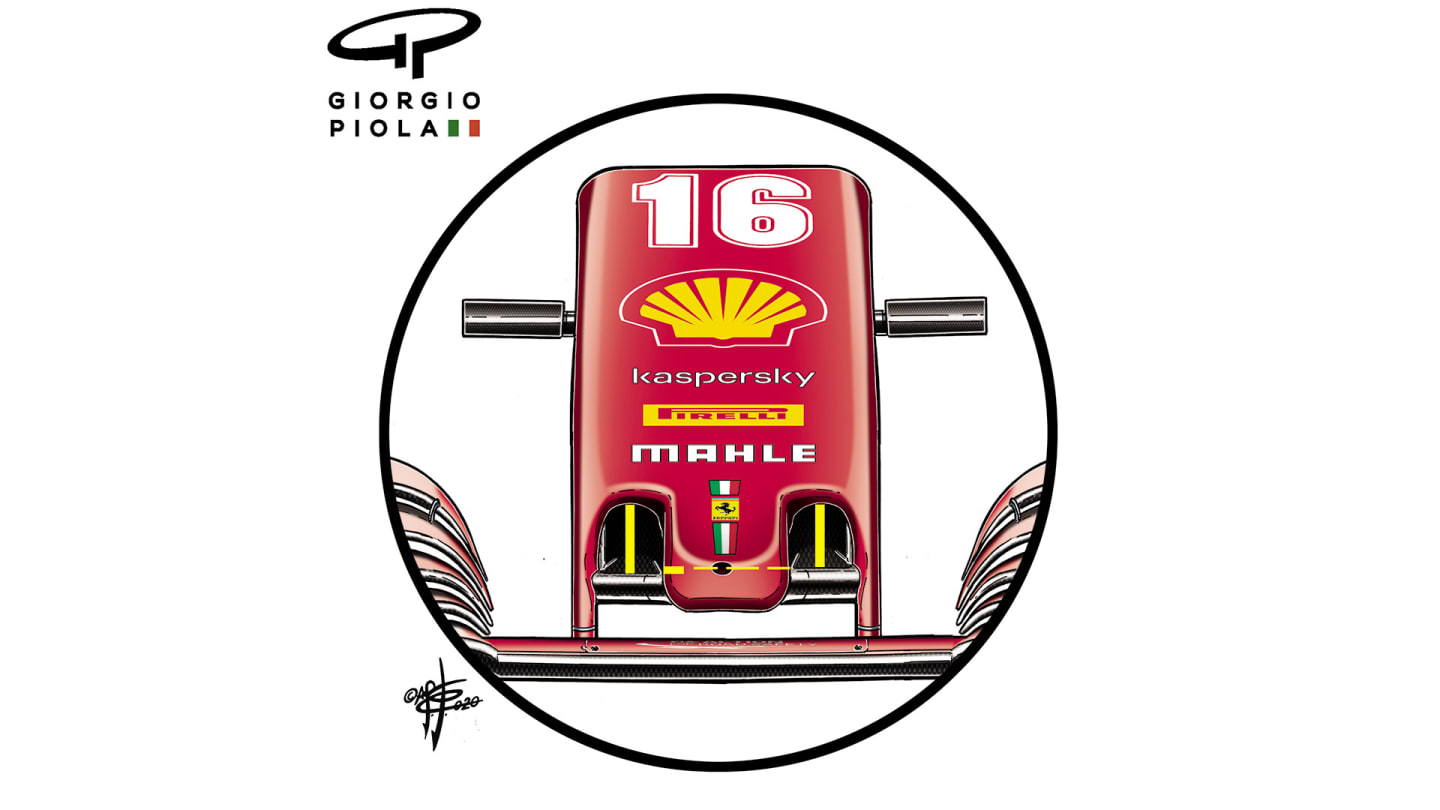
Ferrari's new nose has taller 'nostrils' that could increase volume of airflow through the underfloor and bargeboard area.
All of these changes will link up with the additional parts of the package to be seen in the next few weeks. The overarching aim is to increase the efficiency of the underfloor, helping to create more downforce. In this way the car’s excessive drag can be reduced by a reduction in wing area/angle for the same overall downforce.
There is always an optimum drag/downforce trade-off for a given level of engine power – and Ferrari’s has been too draggy for its power all year. These latest changes seek to alleviate that.
More Tech Tuesdays
- A close look at the ‘experimental’ new nose McLaren tested at Mugello
- F1’s latest race-winning car is AlphaTauri's AT01 – but how similar is it to the 2019 Red Bull?
- A look at the W11 upgrades that show how hard Mercedes are pushing to stay ahead
- What does the 2021 aero rules change mean for the cars – and which teams will it hurt most?
- The Mugello updates that show Racing Point's RP20 is moving away from its Mercedes W10 inspiration
YOU MIGHT ALSO LIKE
News ‘It’s not a tension’ – Vasseur downplays rift rumours between Hamilton and race engineer Adami as he praises Leclerc’s Monaco podium
News Tsunoda gives verdict on Gasly collision as he admits he needed to ‘qualify better’ in Monaco
Feature FACTS AND STATS: Racing Bulls’ Hadjar and Lawson both secure career-best results
News Leclerc admits he ‘lost the race’ in Qualifying but takes positives from competitive Monaco weekend





